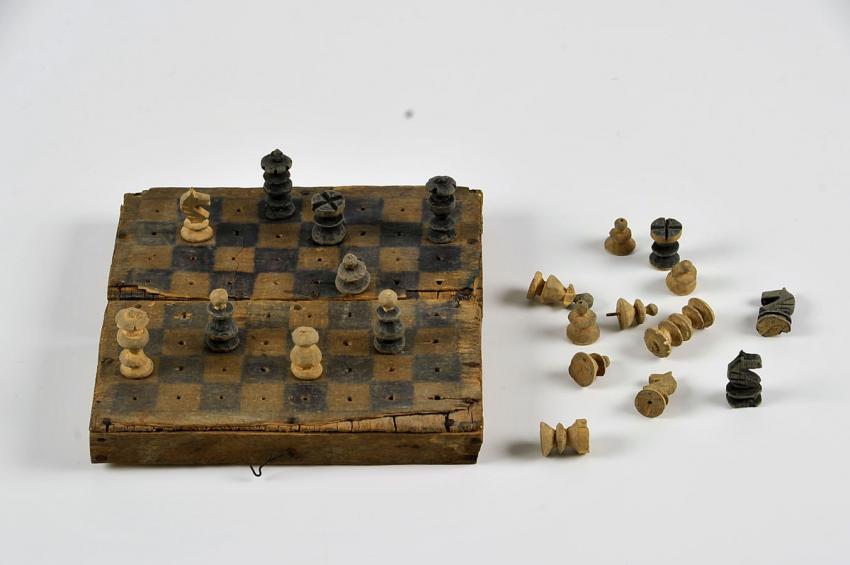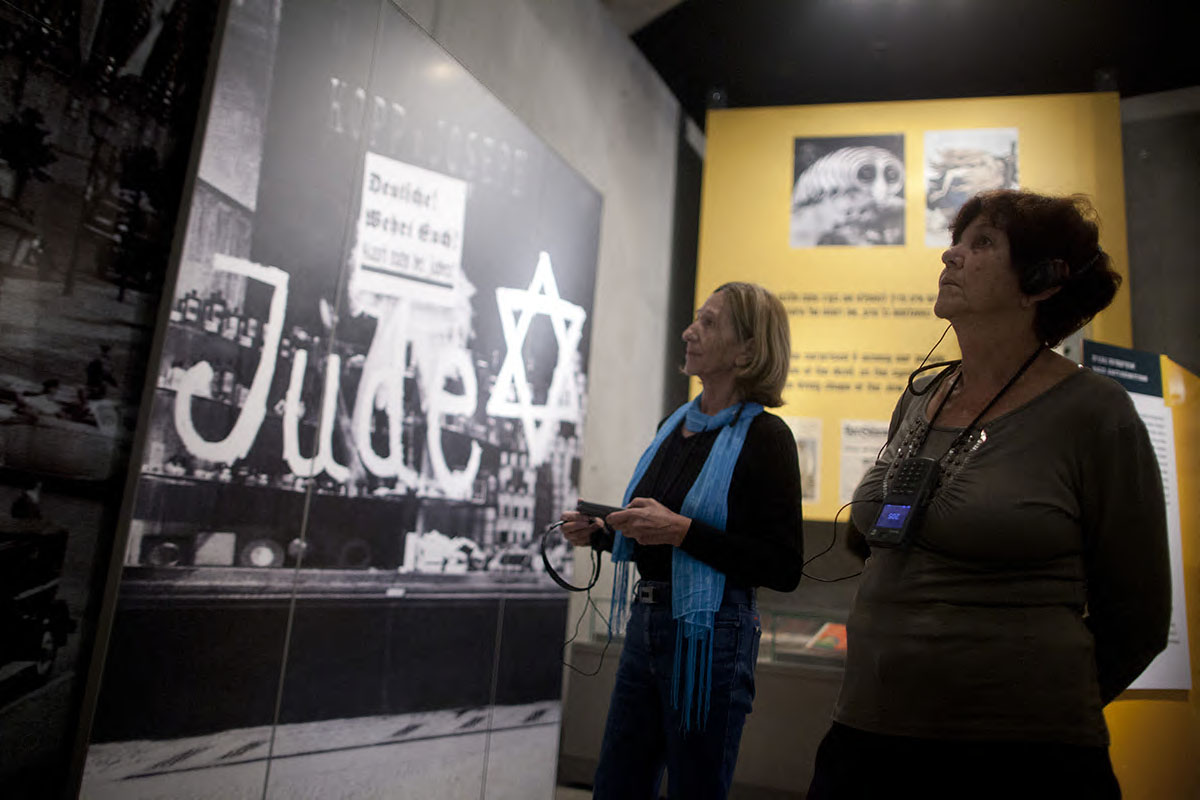March 2024 marks 80 years since the liberation of the Transnistria region by the Red Army. The Artifacts Collection houses many items that tell the story of the Jewish deportees incarcerated in the ghettos and camps of Transnistria.
The area known as Transnistria was presented to Romania by Hitler as a reward for its support in the war against the Soviet Union. The territory in question extends between the Dniester and Bug rivers in the southern corner of the Ukraine, and existed as a political unit for two-and-a-half years from August 1941 until March 1944.
Shortly after the transfer of the territory, the deportation of the Jews of Bessarabia, Bukovina and northern Moldova to Transnistria began, an operation carried out by Romanian Prime Minister and Nazi collaborator Ion Antonescu. Some 90,000 of the approximately 185,000 deportees perished in Transnistria.
In the autumn of 1942 the Vapniarca detention camp was set up in Transnistria, and over 1,000 Romanian Jews accused of Communist sympathies were sent there. While detained there, the prisoners set up a committee to help those who were assigned to forced labor, tortured, and suffered from disease and hunger. The committee enforced strict codes of hygiene in the camp, but despite this many prisoners fell ill as a result of the food distributed, consisting of poisonous beans intended for horse fodder. Approximately six weeks after their arrival in the camp the first symptoms of the disease appeared, eventually causing paralysis in the lower extremities, degeneration of the spinal cord, and kidney damage.
In October 1943, as the Red Army approached, the decision was made to shut down the camp. The prisoners were divided into three groups that were sent to different places. One group consisted of 54 communists who had not yet served their terms. They were sent to Rybnica prison, where they were murdered by the SS. Those prisoners who had arrived from other ghettos in Transnistria were returned there. The third group was sent to the Targu-Jiu camp.
With the Red Army’s liberation of Transnistria imminent in March 1944, the Romanian authorities finally allowed the return of the survivors to Romania.

Dress in which Rosa Rosenstrauss was deported from her home and later recreated as a patchwork skirt during the years of exile in Transnistria
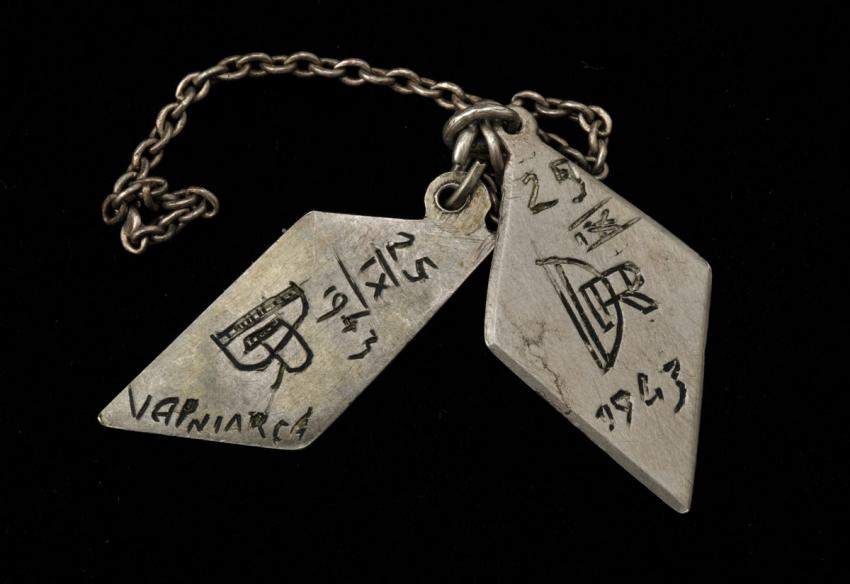
Gifts created by Ben Zion Averbuch in Rybnica prison, for his girlfriend Rosa David, who was imprisoned in the Vapniarka camp
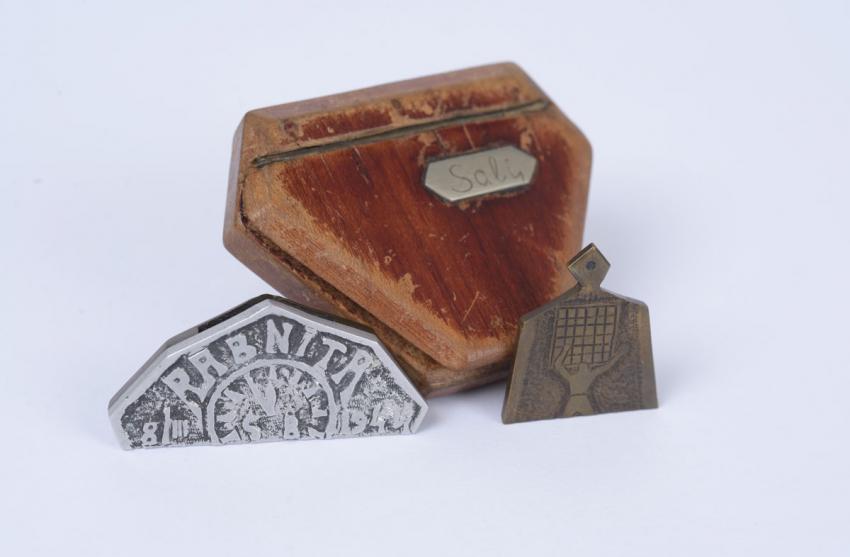
Box containing pendants created by Misu Wolf, imprisoned in Rybnica prison, as a gift for his girlfriend Sali Buium, an inmate at the Vapniarka camp
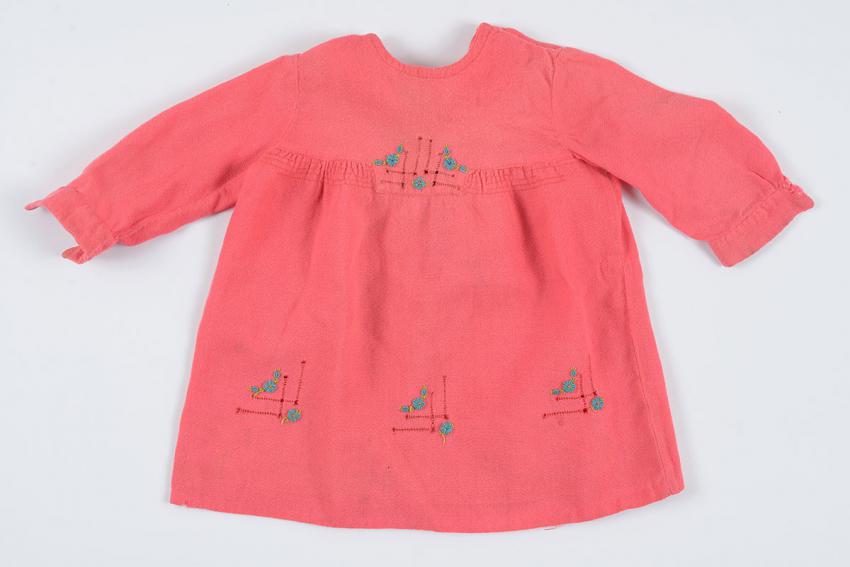
Dress that belonged to Sidika, a girl who was murdered in Transnistria
Donated by Bella (Mechloviz) Marcus, Tirat Carmel, Israel
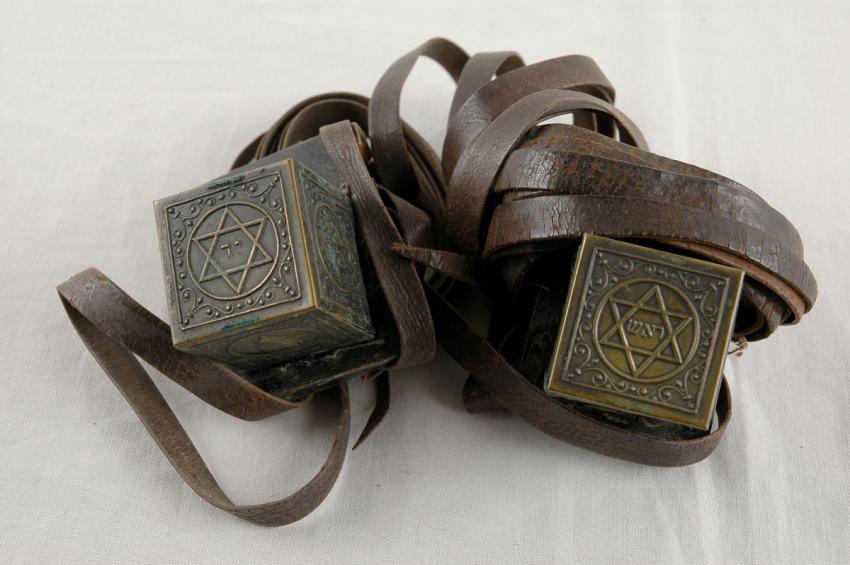
Tefillin (phylacteries) that belonged to Zvi Nojman, deported with his family from Dihtinet, Romania to Transnistria
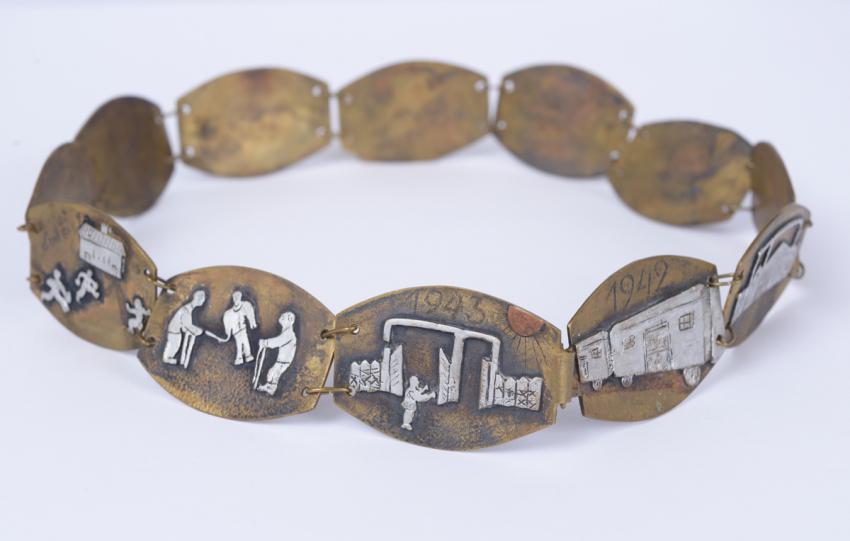
Belt with metal links depicting camp life made by Iuliu Frenkel in the Vapnyarca camp
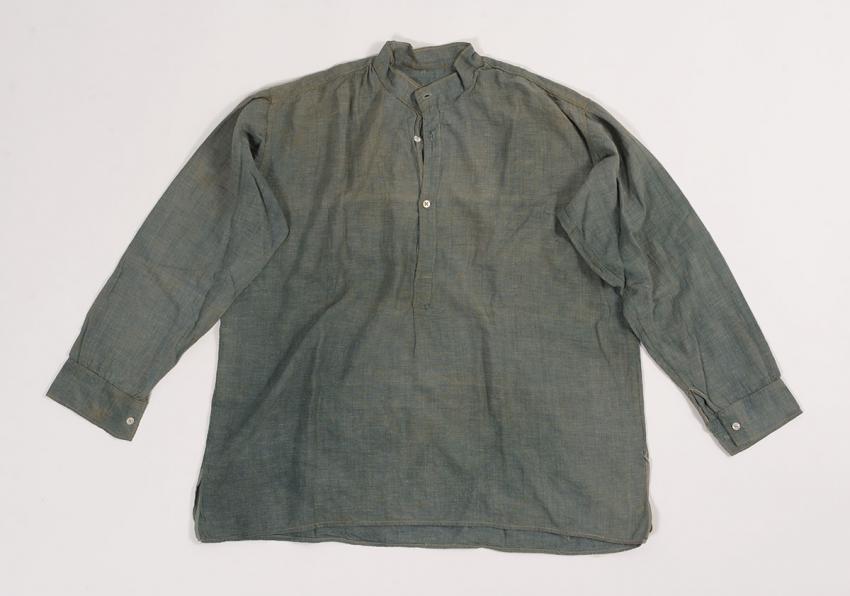
Shirt which Petachia Blickstein received on his liberation from Transnistria
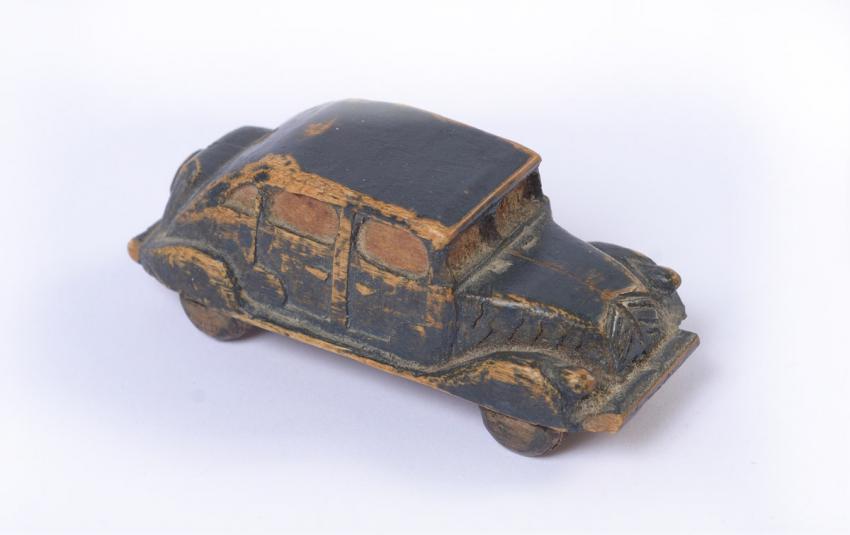
Hand-carved car that Armand Dankner made for his mother's birthday in Transnistria
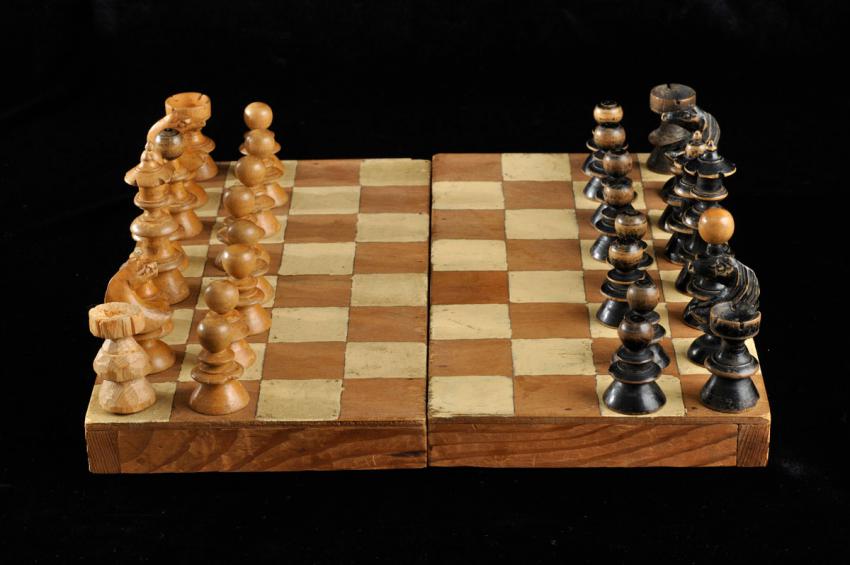
Chess set – the only remaining item from the Rennert family home
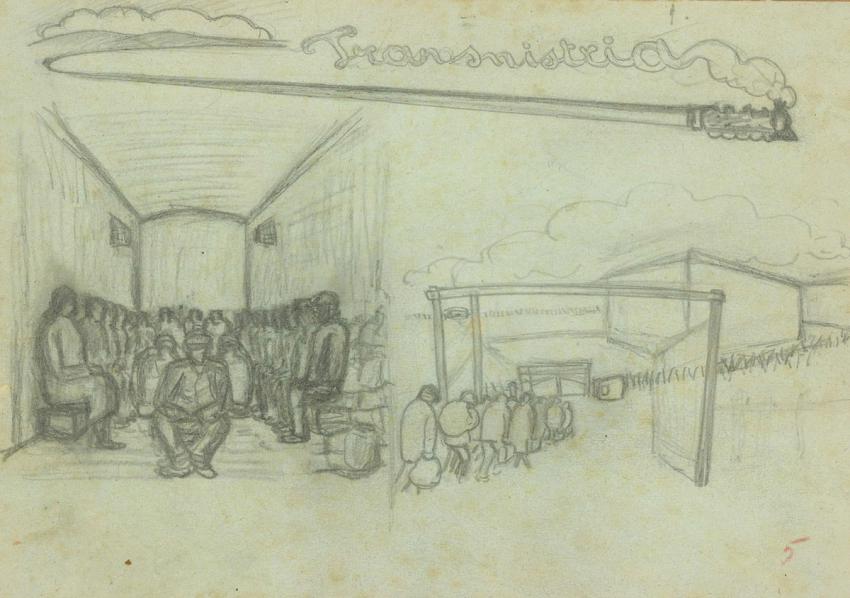
Album of drawings and portraits made by Gabriel Cohen while imprisoned in the Vapniarka camp
